##You can find bats everywhere in Valencia, both the symbolic version on the city’s crests and the real thing in the cracks and crevices of its buildings. There are four times as many Patudo bats in one cave in ‘El Montgó’ mountain in Javea than in the whole of France, and there are 22 different species throughout the Valencian Community. However, for some reason, they have always had a bit of a bad press.
That other Valencian perennial, the dove, is the symbol of peace and the Holy Spirit while the bat has always been associated with witches, devils and the dark side of life. Small children and old ladies happily chase around and feed the disease-carrying pigeons in the Plaza de la Virgen but it would be hard to imagine them doing the same for a swarm of our winged, mouse-like friends. The pigeons get all the grub while the animal, which really gives a service to Valencia and has been its cultural icon for the last seven centuries, has to hide away in the nooks and crannies of the city.
People are suspicious of bats; they only come out at night, and that’s probably to cavort with the prince of darkness. We know they are around… but where are they hiding during the day? Probably closer to you than you think. Just like the increasingly evident drunken stag and hen parties at closing time in Calle Caballeros, their haphazard flight is anything but graceful, they don’t look like they know where they’re going and might clumsily flap into us at any moment. They’re given to making demonic screeching noises and they’re pretty damn ugly (I’m talking about the bats now not the stag nights). But let’s forget those prejudices and stick to the facts. It’s true that they only usually come out at night but that’s probably to avoid all the old ladies and small children in the Plaza de la Virgen.
Bats are extraordinarily skilful navigators; the screeching noises are part of their advanced sonar system, which allows them to measure distances and perceive obstacles in total darkness. It is said that a bat can detect something the size of a human hair from 20 metres and, in fact, contrary to popular belief many species have excellent eyesight. As for the ugly jibe, beauty is in the eye of the beholder. Most humans probably wouldn’t do too well in a bat beauty contest…
The best thing about bats though, is their voracious appetite for mosquitoes. This is their true gift to the city. Considering Valencia was built on a swamp and is slap bang next to the huge mosquito breeding ground that is the Albufera lake and the surrounding rice fields, without the minuscule caped crusaders we’d really be in trouble. Bats eat two-thirds of the mosquitoes that enter the city so if you’ve had an itchy sleepless night lately, constantly woken by that horrible buzzing in your ear, remember, things could be so much worse.
It is said that the Moors domesticated bats as a sort of medieval version of “Raid Matamosquitos” but it was the conquering Christians who made the bat the symbol of the city. As with all things related with bats, the origins of this are obscure. One legend has it that on the morning of the Christian conquest of Valencia, back in 1238, a large bat settled on the conquering King Don Jaime’s tent, which he took to be a good omen for victory. Another says that during the battle a bat attracted by the dragon on the King’s crown intercepted a Moorish arrow, which was bound for his heart. A third tells of how the Moorish king kept a large bat, which was considered by all to be the guardian of the city. When the Christians captured and killed the Sultan’s pet, Valencia soon fell into their hands.
However, the real reason for the adoption of the bat as a Valencian icon was probably Don Jaime’s connections with the rather shadowy and mysterious order of Templar knights. They brought the king up as an orphan after his father’s death and were instrumental in helping him to victory in Valencia. The bat was a key symbol of this enigmatic order, which disappeared two centuries later, accused of Satanism and practicing the dark arts. Yet more bad press for our poor pointy-eared pest controller.
So it came to be that the bat now appears on the City’s crest and every manhole cover, streetlight, bin wagon and bus stop. It was the symbol of Spook factory, the disco at the centre of the burgeoning Eighties Valencia techno scene and is the emblem for ‘Les Falles’ and cultural Clubs such as “Lo Rat Penat”. It is also the symbol of the city’s two football teams. Considering some of the blood-sucking, short-sighted, fly-by-nights who ran the clubs in the past, the much-maligned ‘murciélago’ is perhaps quite fitting.
David “bat-faced” Rhead and José “pigeon-chested” Marín
Related Post
Leave a comment Cancel reply
This site uses Akismet to reduce spam. Learn how your comment data is processed.


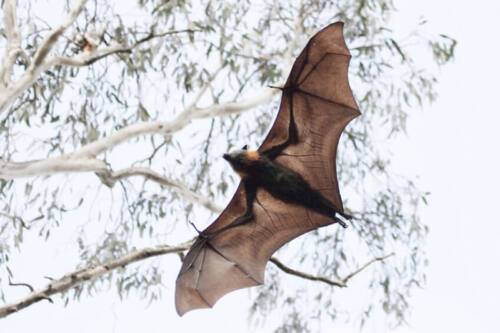
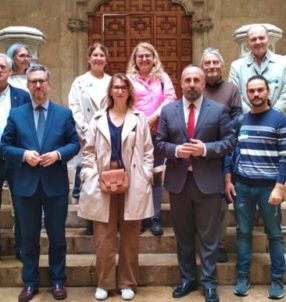

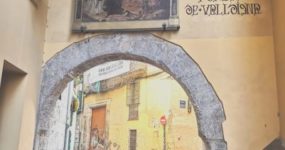
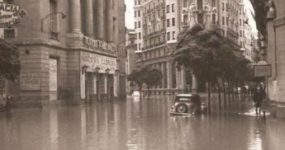
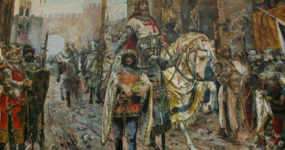















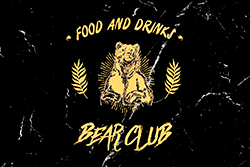

1 Comment
Pingback
13th September 2021 at 10:46 am